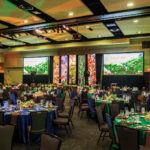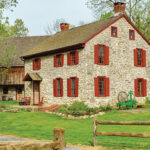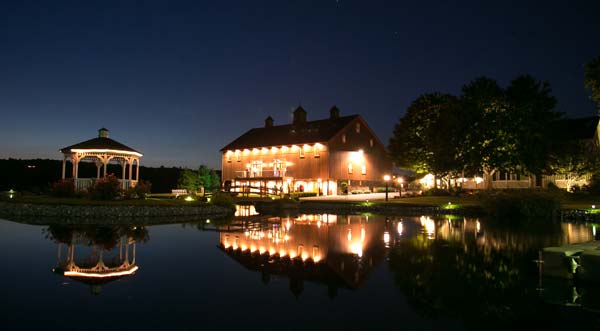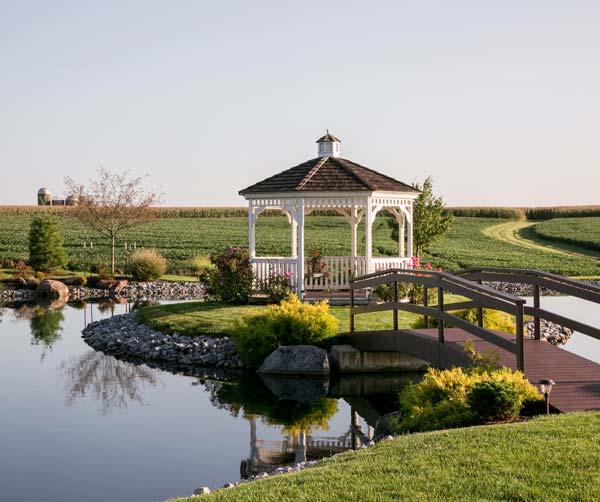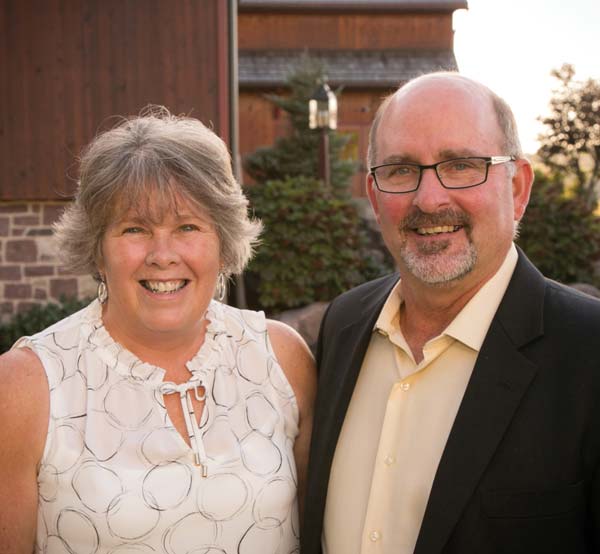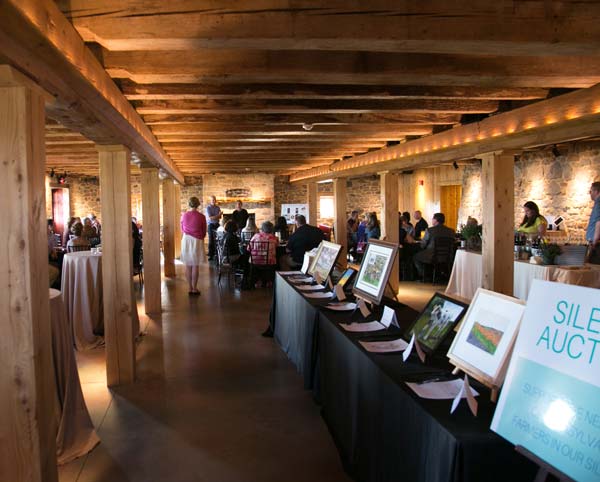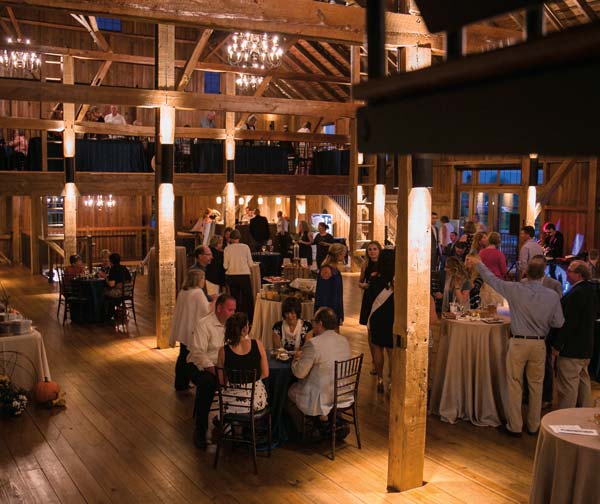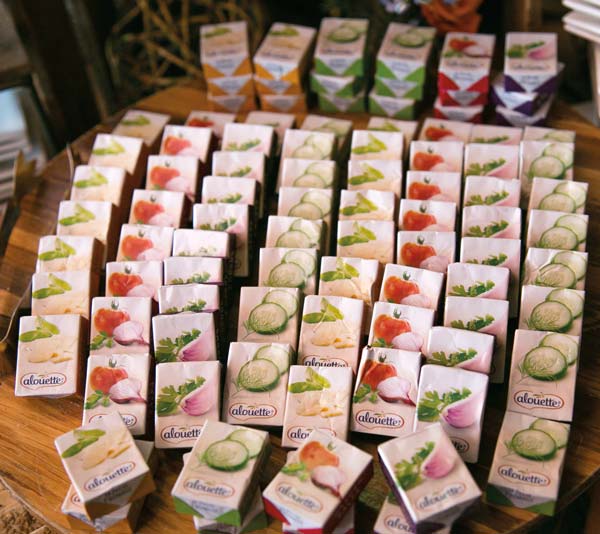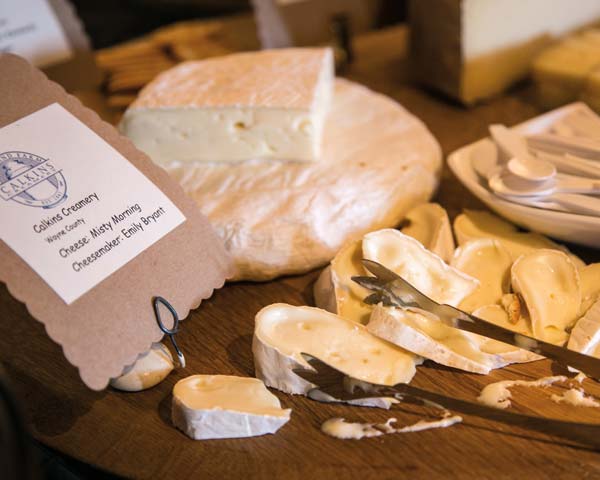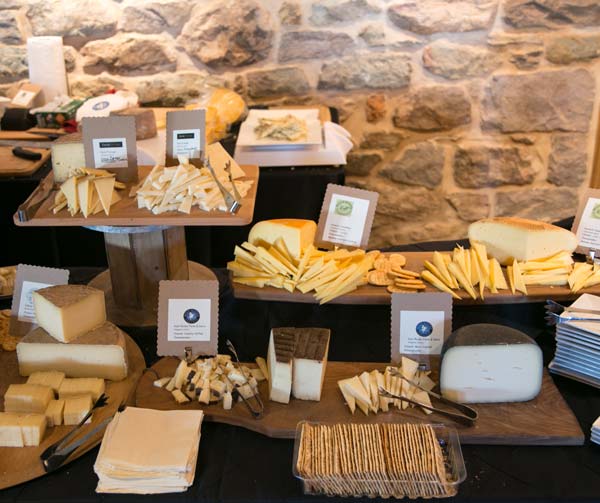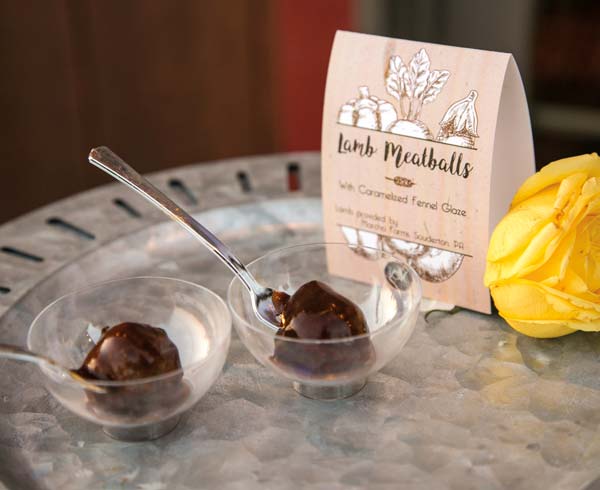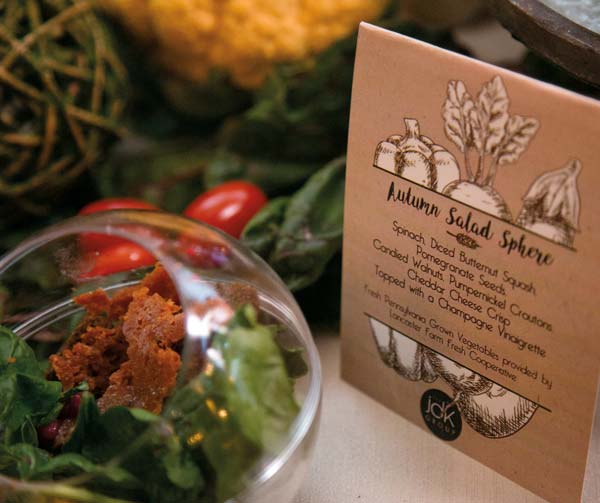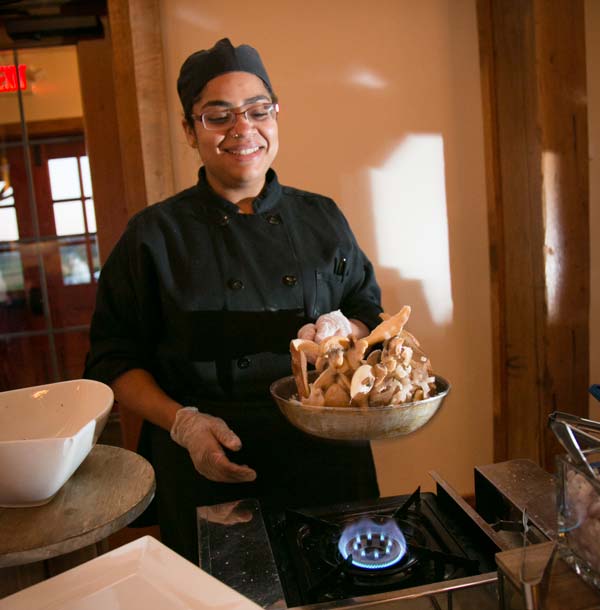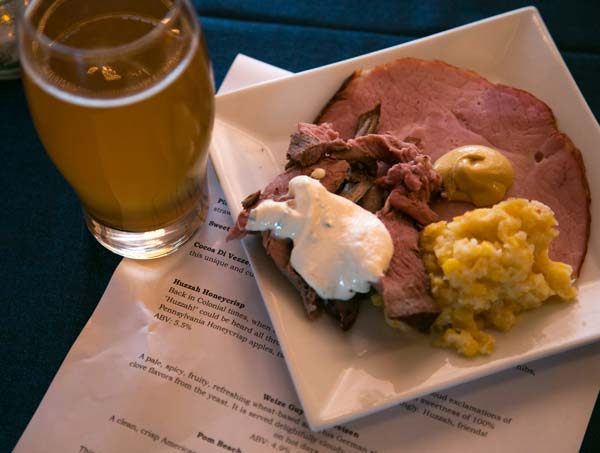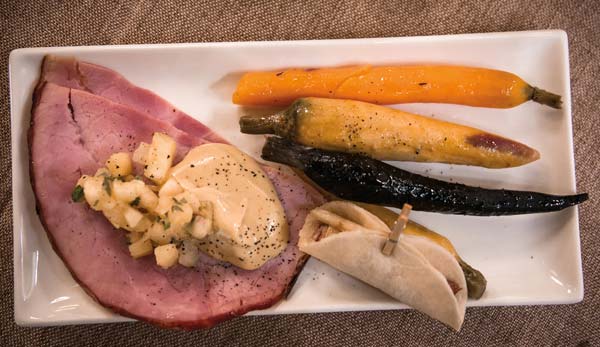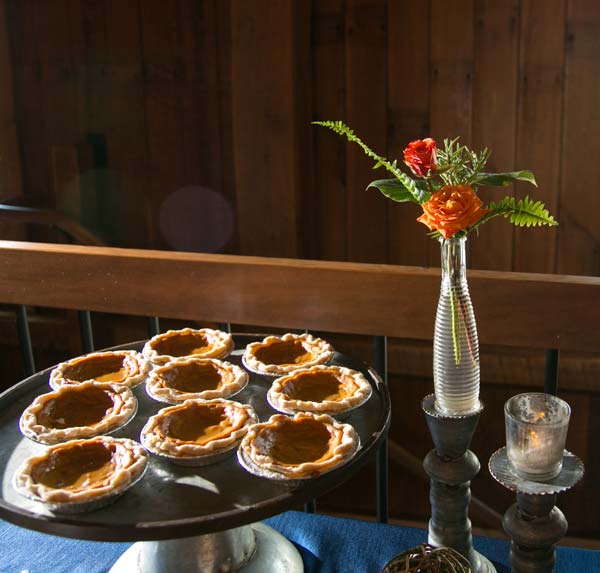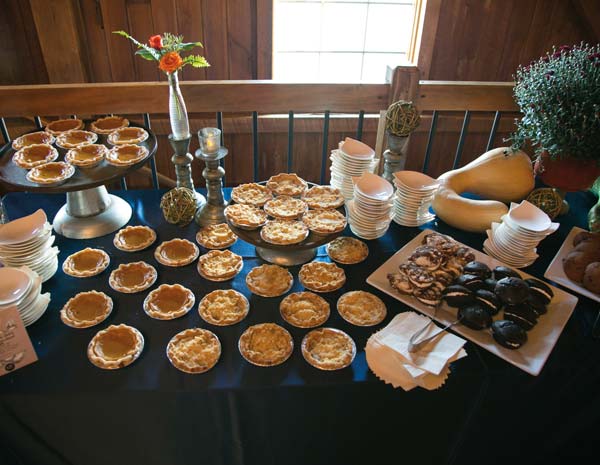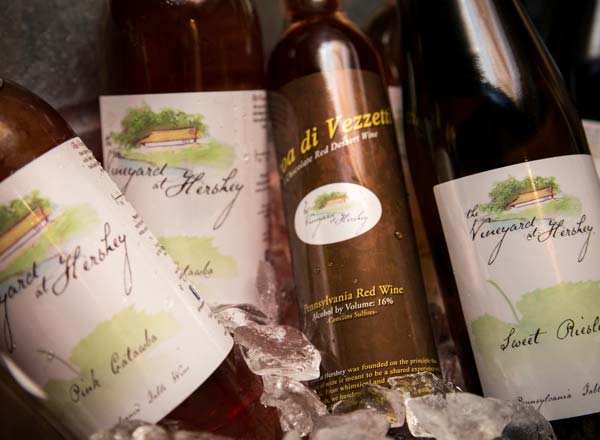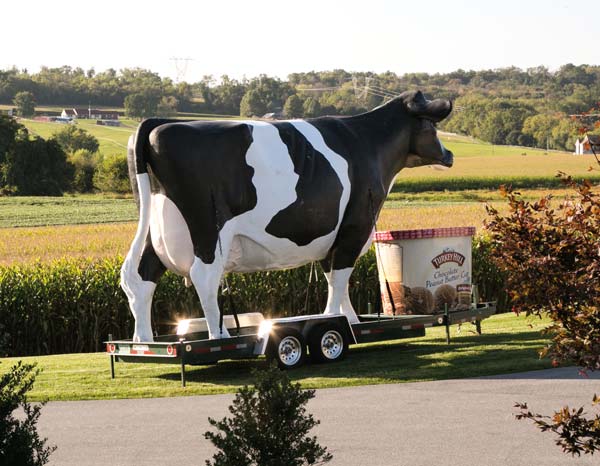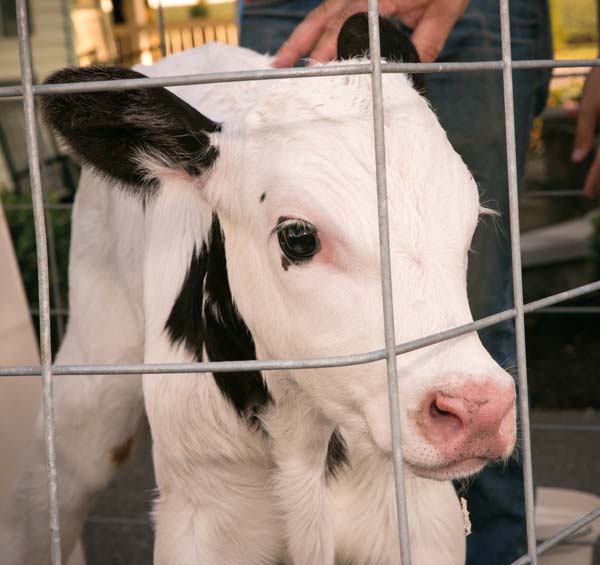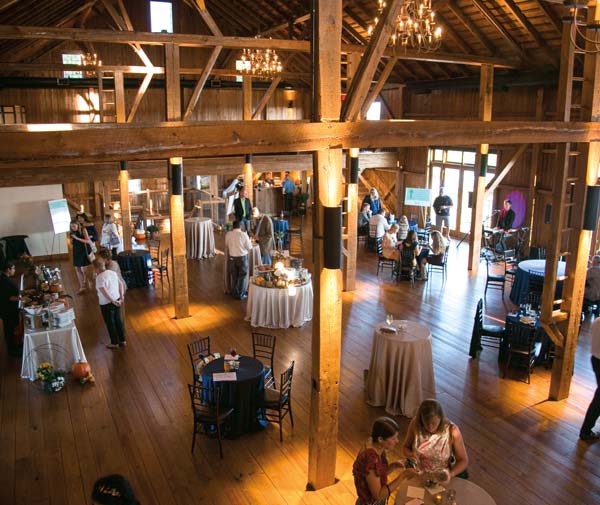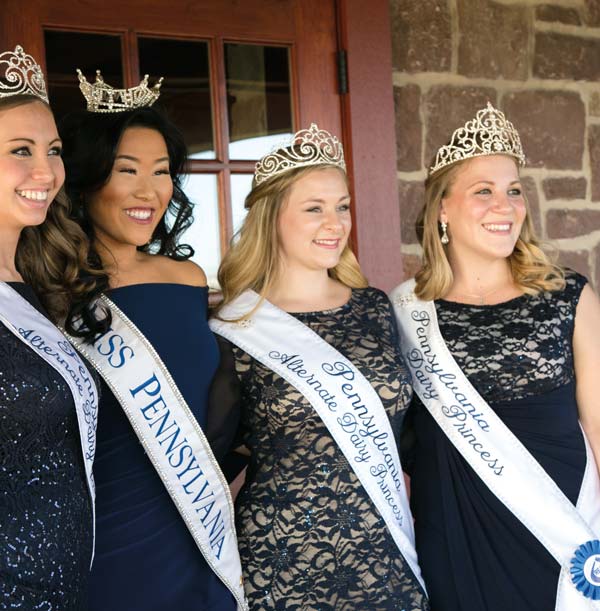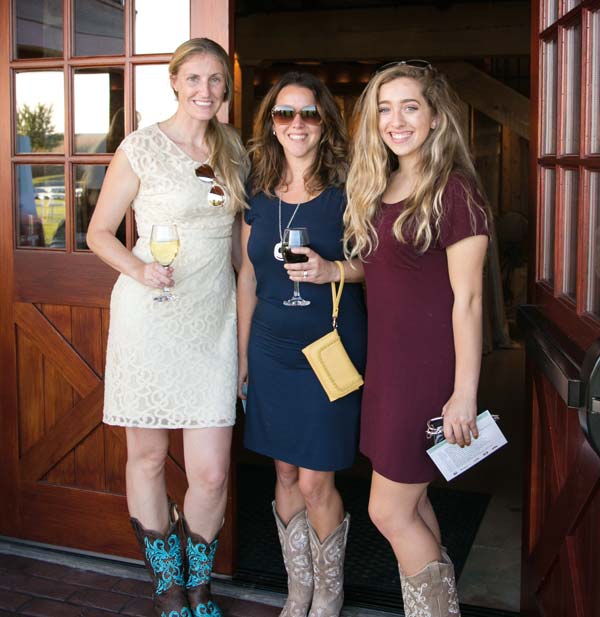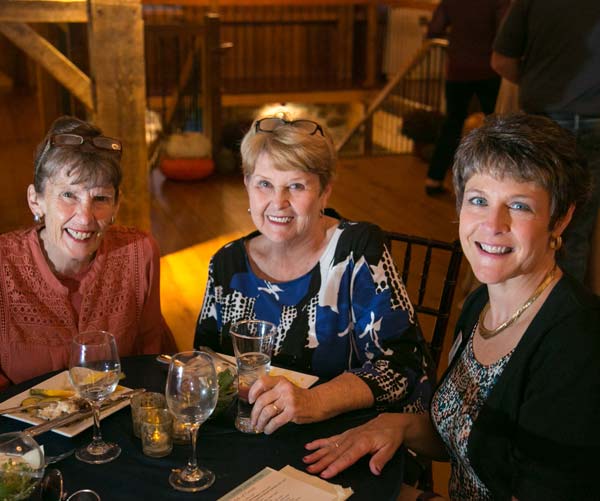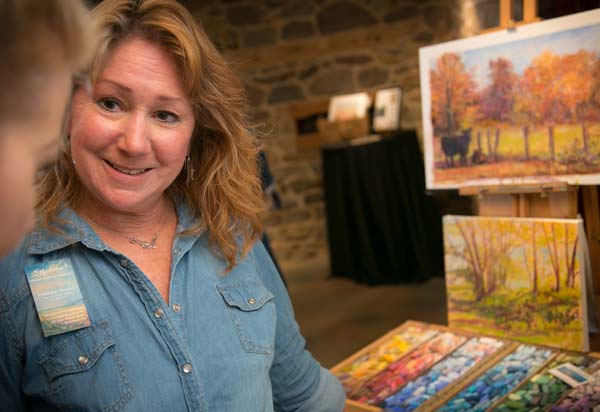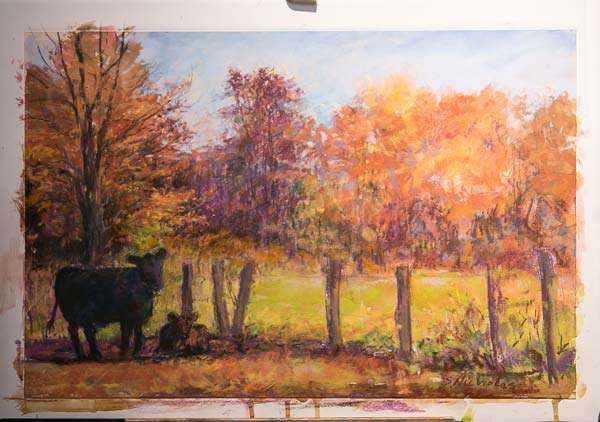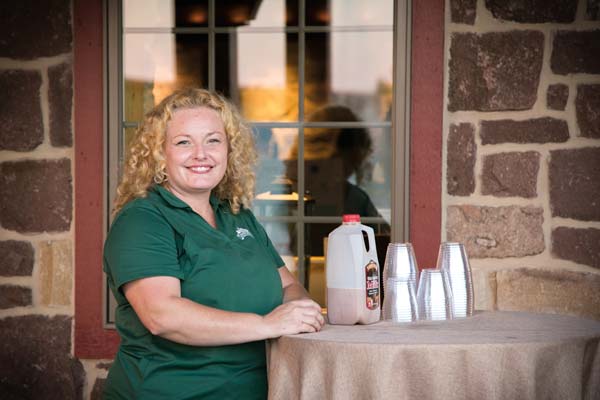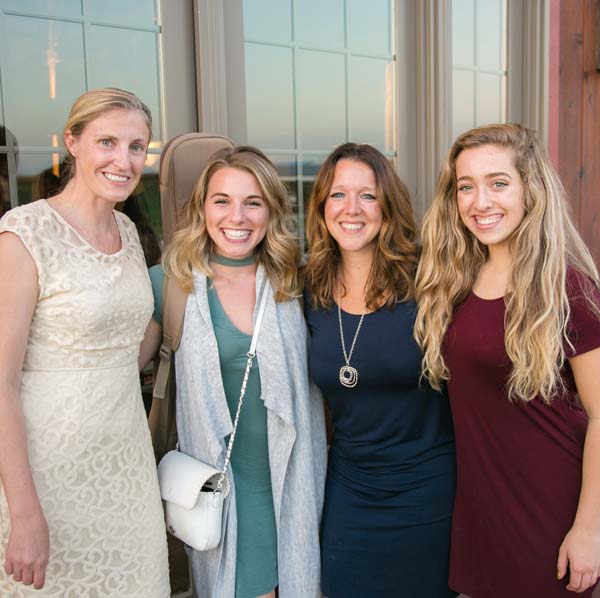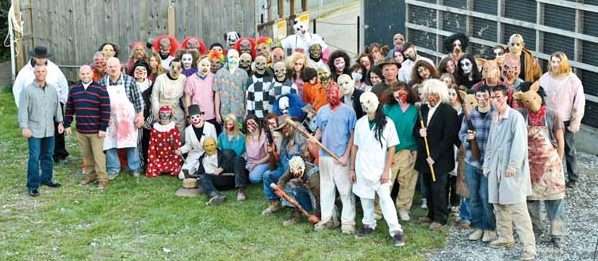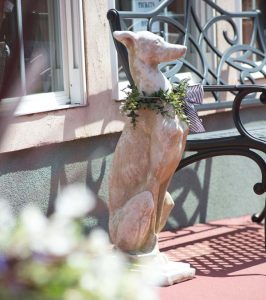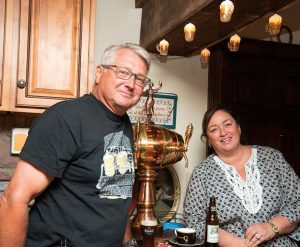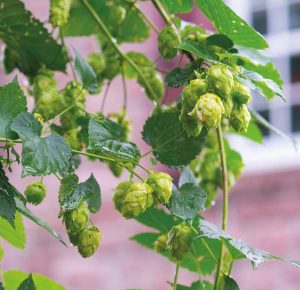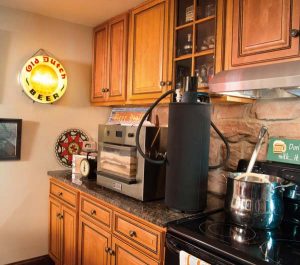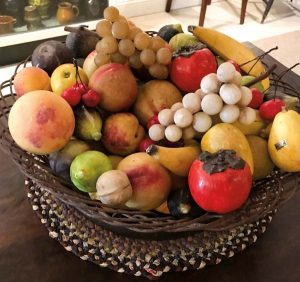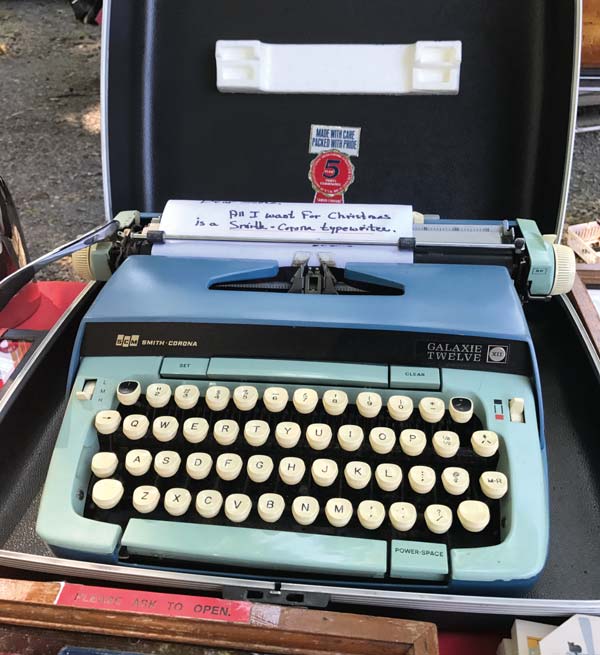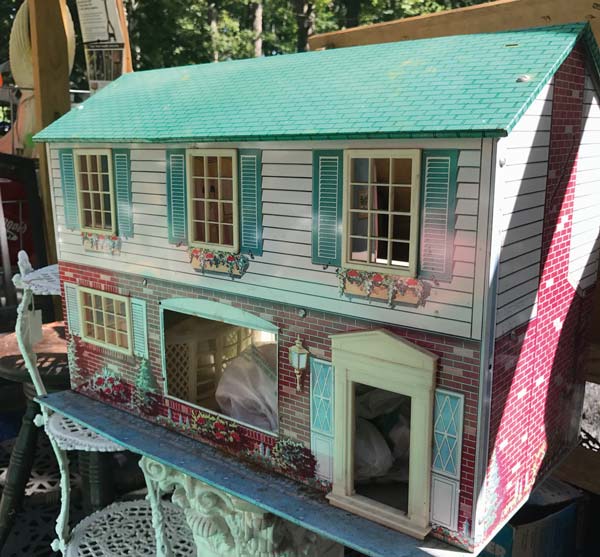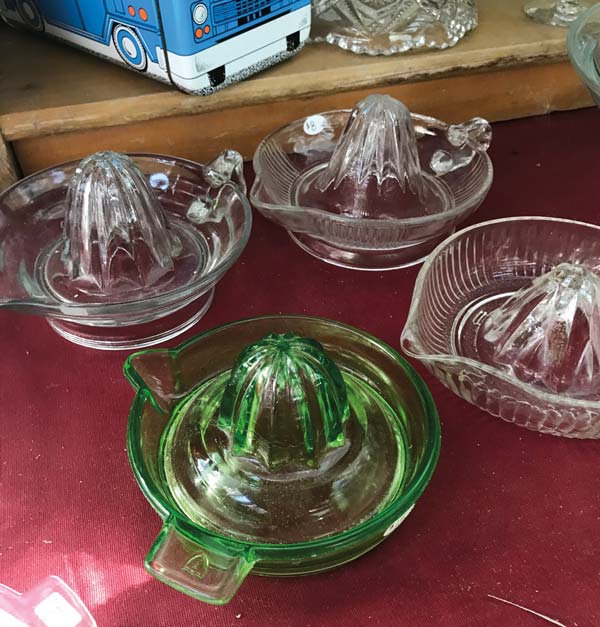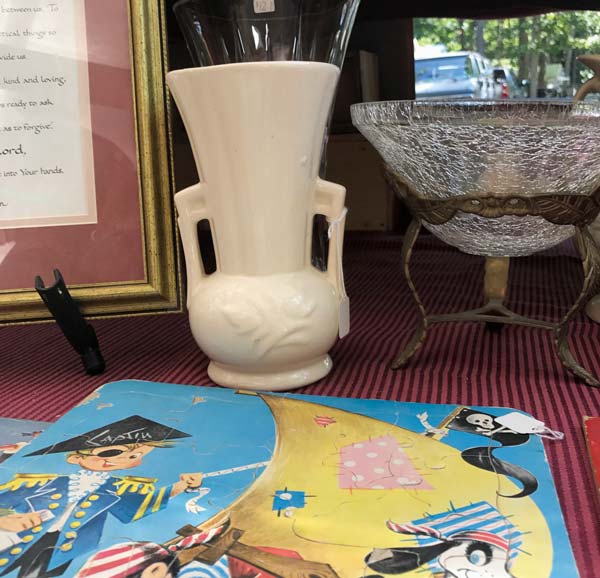Celebrating the Timeless Link of Farm and Table
When the welcome “cocktail” is a glass of chocolate milk, you know this party is going to be different! a celebration of all things Pennsylvania-produced, the Divine Dairy Affair brought the best our great Commonwealth has to offer to Lancaster County for the party.
The center for dairy excellence may fly under the radar for most of us, but for dairy farmers, it’s an important ally in sustaining their businesses. As part of the PA Department of Agriculture, the center functions as the small business development association for the dairy industry. The center’s foundation works to ensure that the statewide dairy industry has a vibrant future through providing scholarships and internships to young farmers-to-be.
The foundation was the reason for this inaugural fundraiser, the Divine Dairy Affair, held on a picture-perfect late September evening on a sprawling 500-acre farm in Mount Joy Township. This is the kind of sprawl that makes Lancaster County so special: endless views of rolling pastures, fields of crops and a sprinkling of silos and barns for miles.
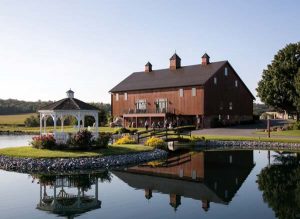 The venue, Harvest View Barn at Hershey Farms, is a restored 1800s-era barn that now hosts weddings and other social events since its repurposing in 2014. Owners Shirl and Jim Hershey and their son and daughter-in-law, Marc and Crystal, have transformed the barn into a charmingly rustic venue with all the modern conveniences of a climate-controlled, catering-friendly party space – plus spectacular farmland views from the barn’s second floor balcony.
The venue, Harvest View Barn at Hershey Farms, is a restored 1800s-era barn that now hosts weddings and other social events since its repurposing in 2014. Owners Shirl and Jim Hershey and their son and daughter-in-law, Marc and Crystal, have transformed the barn into a charmingly rustic venue with all the modern conveniences of a climate-controlled, catering-friendly party space – plus spectacular farmland views from the barn’s second floor balcony.
 The JDK Group, which catered the event, was simpatico with the goal of the Center for Dairy Excellence, featuring Pennsylvania-preferred products for the evening’s menu. From a chef-attended mushroom station, to corn pudding and creamy mac-n-cheese, and carved beef and chicken-and-waffles finger food, the offerings were authentically local and delicious. “Anytime you can incorporate local products into your menu, it will always offer a unique experience,” says Jay Varga, The JDK Group’s executive chef. “You know specifically where it comes from, you know the freshness of the product and you also know that you are responsibly creating a menu that is helping support local purveyors in your community.”
The JDK Group, which catered the event, was simpatico with the goal of the Center for Dairy Excellence, featuring Pennsylvania-preferred products for the evening’s menu. From a chef-attended mushroom station, to corn pudding and creamy mac-n-cheese, and carved beef and chicken-and-waffles finger food, the offerings were authentically local and delicious. “Anytime you can incorporate local products into your menu, it will always offer a unique experience,” says Jay Varga, The JDK Group’s executive chef. “You know specifically where it comes from, you know the freshness of the product and you also know that you are responsibly creating a menu that is helping support local purveyors in your community.”
JDK’s lead chef for the event, Brian Nailor, who is also a dairy farmer, felt a special connection to the event’s success. “One of the key roles of the Center for Dairy Excellence is to provide market reports and updates on current business movement within the dairy industry,” he explains. “These reports are published regularly so that farmers and consumers have the most up-to-date information. One of the most important struggles a dairy farmer battles with is fluctuating milk prices. I have found through this organization’s commitment to current reporting that they can help farmers make the right decisions so we can have a sustainable agriculture community in Pennsylvania.” Showcasing Pennsylvania’s dairy industry through a farm-to-fork event was an ideal mission for his role as the culinary production supervisor at The JDK Group. “It allowed us to be creative through food and signature dishes, as well as connect with producers and consumers at this event,” Brian notes.
As we savor our next meal, let’s raise a glass to Pennsylvania’s farmers … most likely, it was grown, produced and made in PA!


